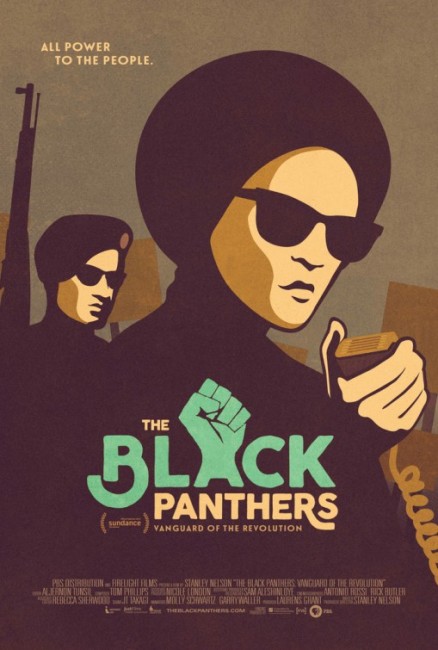Nearly 50 years ago, in 1966, a group of six black men in Oakland, Calif., came together in an effort to curb police brutality against African-Americans in the city. Because of a quirk in California law, the men were able to carry loaded weapons openly. The Black Panthers, as they became known, would follow the police around, jumping out of their cars with guns drawn if the police made a stop.
“They would observe the police and make sure that no brutality occurred,” filmmaker Stanley Nelson tells Fresh Air’s Terry Gross. “What they were really doing was policing the police.”
Nelson, who chronicles the Panther movement in his new documentary, The Black Panthers: Vanguard of the Revolution, says the group was a response to what some saw as the limitations of the nonviolent civil rights movement.
“When the Panthers came into being, there were a number of people, especially young people, who kind of felt that the civil rights movement of Martin Luther King … had run its course,” Nelson says. “It had gotten what it could get, and something else was needed; new tactics were needed.”
Led by Huey Newton and Bobby Seale, the Panthers put forth a 10-point program that sought to address a host of problems, including police brutality, poor housing and subpar education.
The director notes that when he began the film seven years ago, he could never have anticipated that it would be released at a time when issues of police brutality and justice for African-Americans were so prominent.
“It’s made people want to see the film and want to understand how this was happening 50 years ago and it’s still happening now,” he says.















Speak On It!